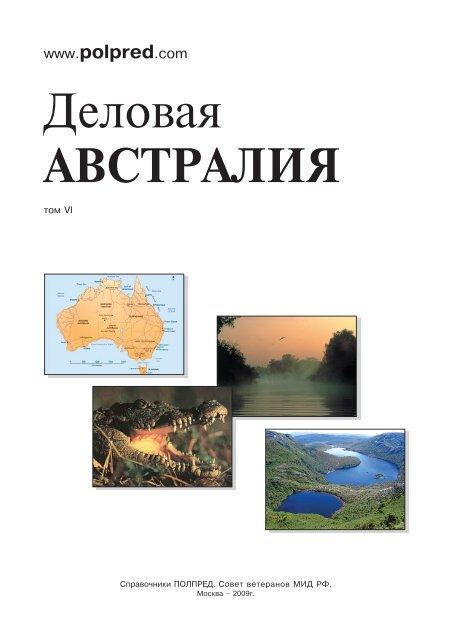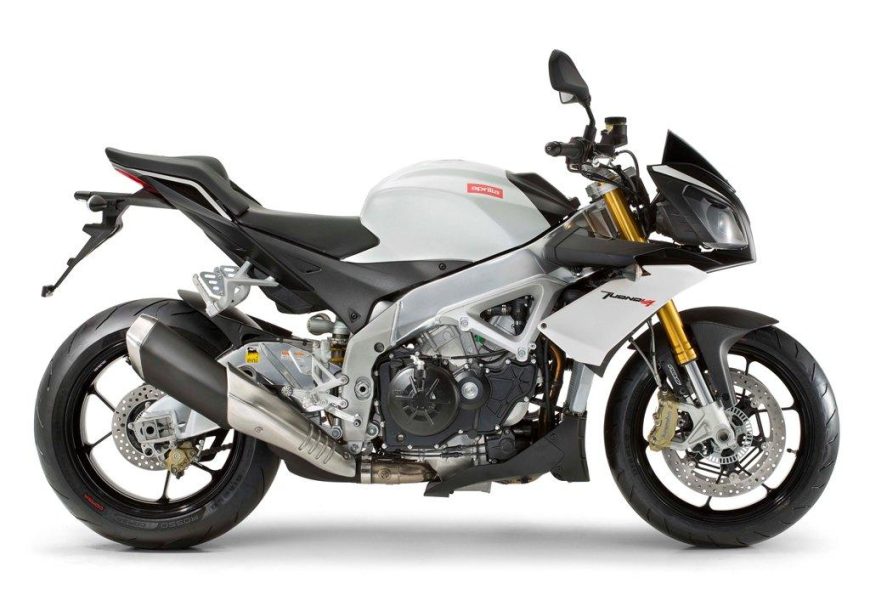
Stamp duty on cars: what is stamp duty and how much does it cost on a vehicle in Australia?
Content

Buying a new or used car will also require you to pay stamp duty.
When you go to buy a new or used car, you will have to pay stamp duty. But what is stamp duty on a car and how much does it cost?
Stamp duty is a tax levied by state governments on public documents. Typically, it is paid out when buying cars and other things like land or stocks.
This is a one-time tax paid on a transfer of ownership, such as when buying a new or used car from a dealer or privately.
Stamp duty rates on cars vary across all states and territories in Australia, so see below to find out how much you'll have to pay in your state.
New South Wales
How much is stamp duty on a car in Australia's most populous state? It is based either on the market value of your car or what you paid for it - whichever is greater. The NSW schedule is relatively simple, see the table below for fares.
| Paid price: | $44,999 or less | $45,000 or more |
| Duty payable: | $3 for every $100 or a portion of $100 | $1350 plus $5 for every $100 or portion of $100 |
Transport for NSW offers a stamp duty calculator for vehicles here.
Queensland
Stamp duty rates in Queensland depend on the type of car engine you buy or the amount you paid for it.
| Up to $ 100,000 | For $ 100,000 | |
| Hybrid and electric vehicles | $2 for every $100 or a portion of $100 | $4 for every $100 or a portion of $100 |
| 1 to 4 cylinders, 2 rotors or steam engine | $3 for every $100 or a portion of $100 | $5 for every $100 or a portion of $100 |
| 5 to 6 cylinders, 3 rotors | $3.5 for every $100 or a portion of $100 | $5.50 for every $100 or a portion of $100 |
| 7 or more cylinders | $4 for every $100 or a portion of $100 | $6 for every $100 or a portion of $100 |
The Government of Queensland has a stamp duty calculator available here.
South Australia
For private vehicles, stamp duty rates in South Australia are based on the price of the vehicle.
| Paid price: | Up to $ 1000 | $ 1001 - $ 2000 | $ 2001 - $ 3000 | Over $3001 |
| Duty payable: | 1 for $100 or a portion of $100 with a $5 minimum payment. | $10 plus $2 for every $100 or portion of $100 | $30 plus $3 for every $100 or portion of $100 | $60 plus $4 for every $100 or portion of $100 |
For commercial vehicles, the same rates apply up to $2000. If the value of the vehicle is over $2000, the stamp duty rate is $30 plus $3 for every $100, or a portion of $100 over $2000.
The RevenueSA website has toll calculators available here.
Tasmania
Stamp duty rates for Apple Isle are based on the market value of the vehicle.
| Paid price: | Up to $ 600 | $ 600 - $ 34,999 | $ 35,000 - $ 39,999 | $40,000 and more |
| Duty payable: | $20 flat rate | $3 for every $100 or a portion of $100 | $1050 plus $11 for every $100 or portion of $100 | $4 for every $100 or a portion of $100 |
The Tasmanian government offers a calculator for transport and transfer fees here.
Victoria
The state of Victoria has introduced a new, more complex set of rates for 2021. Different stamp duty rates apply depending on whether the car is new or used, whether it emits a certain amount of CO2 (for vehicles with emissions below 120g/h). km is classified as "green passenger cars"), whether it is registered to the main manufacturer or whether it is classified as a "non-passenger vehicle", which covers single and double cabs, commercial vans, motorcycles and vehicles designed to carry more than eight people like minibuses. The rate is charged either on the market value of the car or on the purchase price (whichever is higher).
| A type | Value | Exchange rate |
| green passenger car | No | $8.40 for $200 or part of it |
| Passenger car of the main manufacturer | No | $8.40 for $200 or part of it |
| New cars, vans, motorcycles and vans | No | $5.40 for $200 or part of it |
| Used cars, vans, motorcycles and vans | No | $8.40 for $200 or part of it |
| All other new and used vehicles | $ 0- $ 69,152 | $8.40 for $200 or part of it |
| $ 69,153 - $ 100,000 | $10.40 for $200 or part of it | |
| $ 100,001 - $ 150,000 | $14.00 for $200 or part of it | |
| For $ 150,000 | $18.00 for $200 or part of it |
Unlike some other states, stamp duty is collected by the dealer, whereas if you are buying privately, the buyer pays directly to VicRoads. The Victorian Revenue Office has a stamp duty calculator.
Western Australia
WA charges stamp duty based on the car's "duty value", which is either the manufacturer's list price (for new cars) or reasonable market value (for used cars).
| Price Paid: | Up to $ 25,000 | $ 25,001 - $ 50,000 | For $ 50,000 |
| Fee payable: | 2.75% of the price | R% of Duty Value where R = [2.75 + ((Taxable Value – 25000)/6666.66)] | 6.5% of the price |
To demonstrate the ratio from $25,001 to $50,000: for a new $30,000 car, it would be [2.75 + ((30000 – 25000 – 6666.66 3.5)/3.5)], which is equal to 30,000%. Therefore, the fee payable is 1050% of USD XNUMX XNUMX or USD XNUMX.
The Washington State Department of Finance has a stamp duty calculator available here.
Australian Capital Territory
In the ACT, stamp duty is based on a combination of the car's price and how it is priced in the federal government's Green Vehicle Guidelines.
Cars are divided into four classes: A, B, C and D. Class A is for the greenest models, and class D is the other end of the spectrum. Vehicles not rated by the Green Vehicle Guide are class C.
| Green car class: | Class A | Class B | Class C | Class D |
| Price up to $45,000: | Stamp duty is not paid | $1 for every $100 or portion of $100 of taxable value | $3 for every $100 or portion of $100 of taxable value | $4 for every $100 or portion of $100 of taxable value |
| Price over $45,000: | Stamp duty is not paid | $450 plus $2 for every $100 or portion of $100 of taxable value | $1350 plus $5 for every $100 or portion of $100 of taxable value | $1800 plus $6 for every $100 or portion of $100 of taxable value |
The ACT provides a stamp duty calculator here.
Northern territories
For vehicles in the Northern Territory, stamp duty is calculated at a rate of 3% of the vehicle's taxable value plus an $18 transfer fee.
The Stamp Duty Calculator is provided by the North Carolina Department of Treasury and Finance here.
Editor's note: This story was originally published in February 2015 and has been updated as of August 2021.

